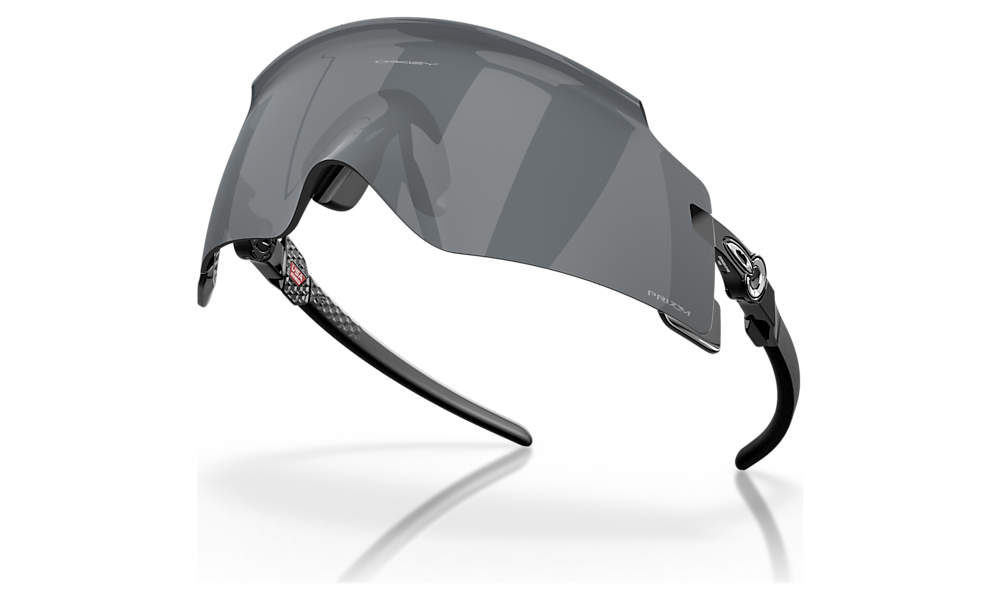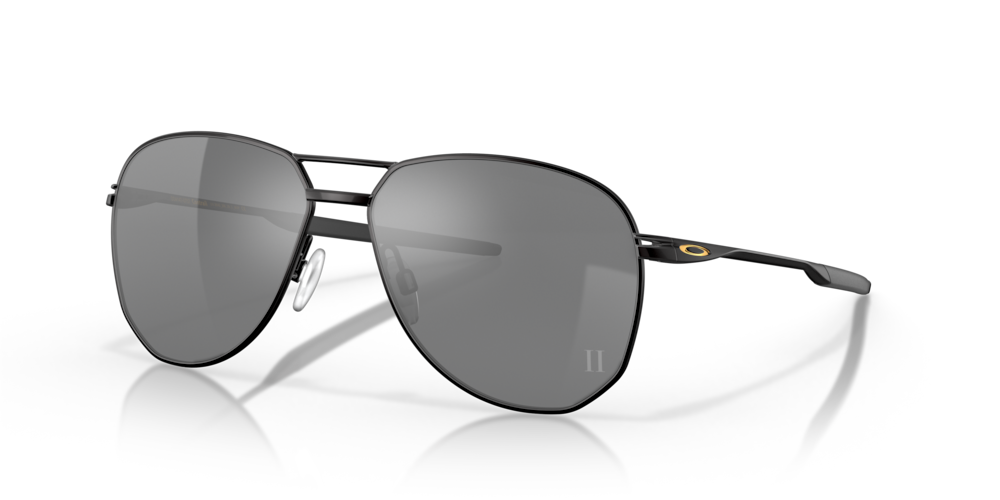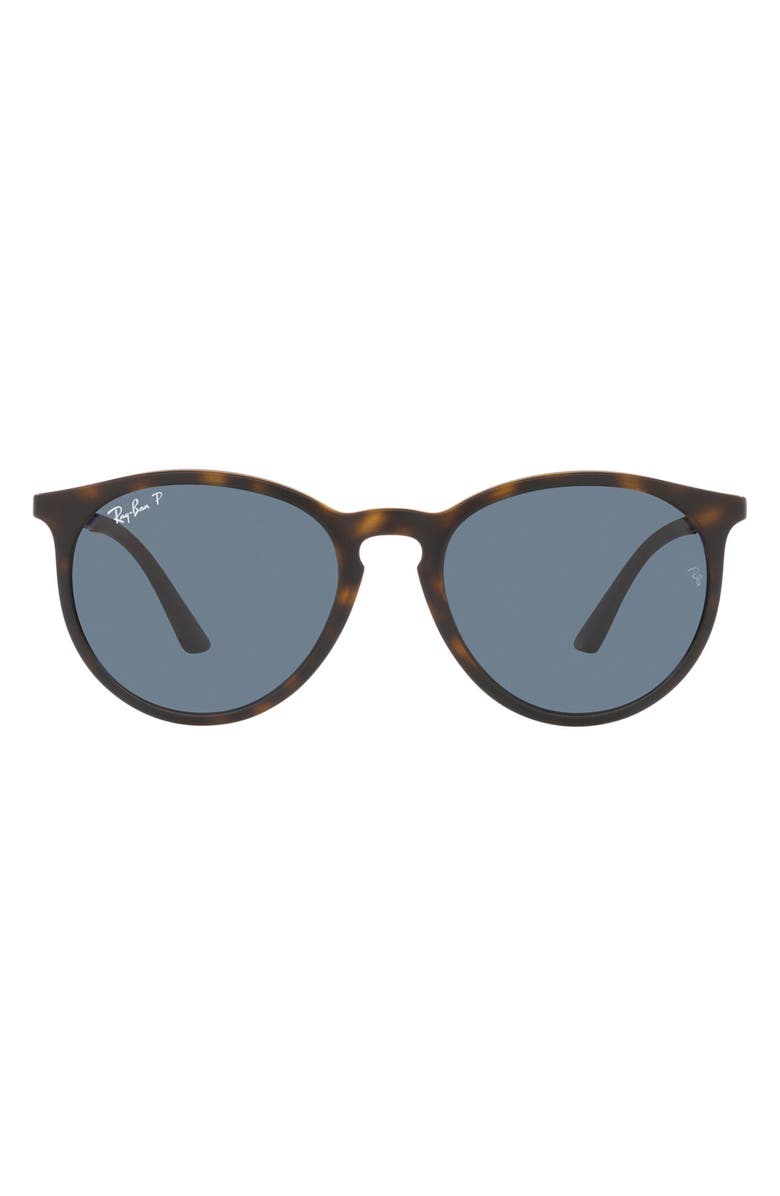The Maestro Metal Sun Polarized Sunglasses – 840219211275
-
( 2 Reviews )Rated 5.00 out of 5 based on 2 customer ratings02
The Maestro never settles for second best and with the newest addition to the Maestro line, you’ll see why.
-
Contrail Patrick Mahomes II Collection Satin Black Sunglasses – Oakley US
Rated 4.75 out of 504Contrail Patrick Mahomes II Collection Satin Black Sunglasses – Oakley US
Rated 4.75 out of 504 -
Ray-Ban 53mm Polarized Phantos Sunglasses | Nordstrom
Rated 4.67 out of 503Ray-Ban 53mm Polarized Phantos Sunglasses | Nordstrom
Rated 4.67 out of 503
The Maestro never settles for second best and with the newest addition to the Maestro line, you’ll see why.
These eyeglasses provide a sophisticated and stylish look. The temples and frames are handcrafted with cellulose acetate. The lenses are scratch-resistant, anti-glare, and made with triacetate cellulose to provide maximum optical clarity.
Spring Hinges provide great comfort and fit, and the glasses have an overall lightweight construction for comfortable all-day wear. Because The Maestro never settles for second-best.
- Lens: TAC Polarized Lens with Superior Optical Quality
- Coating: Anti-Glare, Scratch-Resistant and Impact-Resistant
- UV Rating: 100% UVA/UVB Protection
- Blue-Light Blocking: Yes
- Rx-Able: Yes
- Frame: High-Quality Tritan-Injected Plastic Frame with Injection-Molded Cellulose Propionate Temple Tips
- Hardware: Customized Barrel Hinges and Akulon-Coated Screws for Durability; Spring Hinges for a Flexible Fit
- Includes: Foldable Case, Microfiber Cloth
Size Guide
- Gender: Unisex
- Style: Round
- Face Shape: Oval, Square, and Diamond
- Size: Small or Medium
- Lens Width: 49 mm (Small) 52 mm (Medium)
- Temple Length: 145 mm
- Bridge Width: 19 mm
Average Rating
5.00
Rated 5.00 out of 5 based on 2 customer ratings
025 Star
100%
4 Star
0%
3 Star
0%
2 Star
0%
1 Star
0%
Submit your review Cancel reply





by Jeri
I love these sunglasses. They look great on and are very light.
by Lori
I love this style. The newer frames look amazing. I w we ish there were more frames that were smaller to fit my face. Love love love 💕 thank you